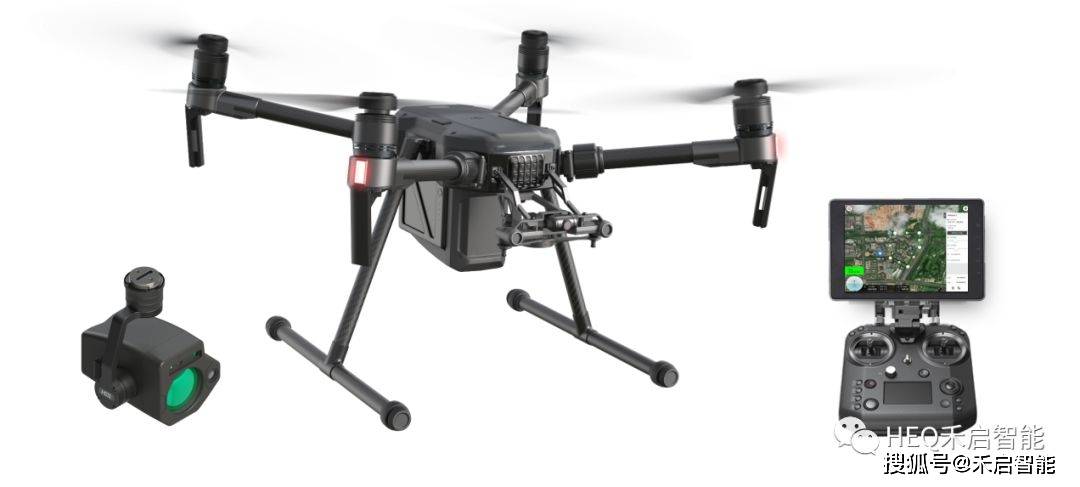Understanding Drone Tracking
Drone tracking involves locating and monitoring drone movements in real-time. Various methods and technologies can assist in achieving accurate tracking. These methods can be broadly categorized into GPS systems, radar technology, RF detection, and network-based tracking.
GPS Tracking
Global Positioning System (GPS) technology is one of the most popular methods for tracking a drone. Most modern drones come equipped with GPS receivers that provide precise location data. Utilizing GPS tracking software, users can seamlessly monitor their drones’ position, speed, and altitude. It is essential to ensure that the GPS system is properly calibrated and maintained to provide accurate and reliable data.
Radar Technology
Radar technology is primarily used in scenarios where precision and security are paramount. This technology is more common in military or high-security applications. Radar systems emit radio waves and receive the echoes, which are processed to detect drone location and movement. Despite its sophisticated nature, radar systems can be costly and require specialized knowledge for operation.
RF Detection
RF (Radio Frequency) detection systems identify the radio signals transmitted between a drone and its controller. The ability to detect and interpret these signals can help pinpoint the drone’s position. RF detection is beneficial in environments where GPS might fail, such as in densely built-up areas. However, it requires specific software configurations to effectively decode the signals.
Network-Based Tracking

By using cellular networks, drones can be tracked by analyzing their connection data. This method is particularly useful in urban settings where network coverage is extensive. Network-based tracking can be integrated with other tracking methods for a comprehensive overview of drone activities.
Additional Tips for Effective Tracking
- Regular Updates: Keep all software and hardware components updated to ensure optimal functionality.
- Calibration: Regularly calibrate systems such as GPS and RF detectors for accuracy.
- Environmental Considerations: Be aware of environments where signal interference can occur, such as areas with high radio frequency emissions.
Technological Advancements
Advances in machine learning and AI have revolutionized drone tracking by providing predictive analytics and more robust tracking capabilities. These technologies enable better control and anticipation of drone movements, significantly reducing risks associated with drone operations.
FAQs
- How does GPS interference affect drone tracking?
GPS interference can lead to inaccurate location data, causing navigation and tracking issues. It is recommended to use additional tracking methods to ensure reliability in areas prone to GPS interference. - Can drones be tracked without GPS?
Yes, drones can be tracked using RF detection or network-based methods, especially in challenging GPS environments. - What’s the future of drone tracking technologies?
Drone tracking technology is rapidly advancing with AI integration, leading to more autonomous flying capabilities and enhanced tracking precision.